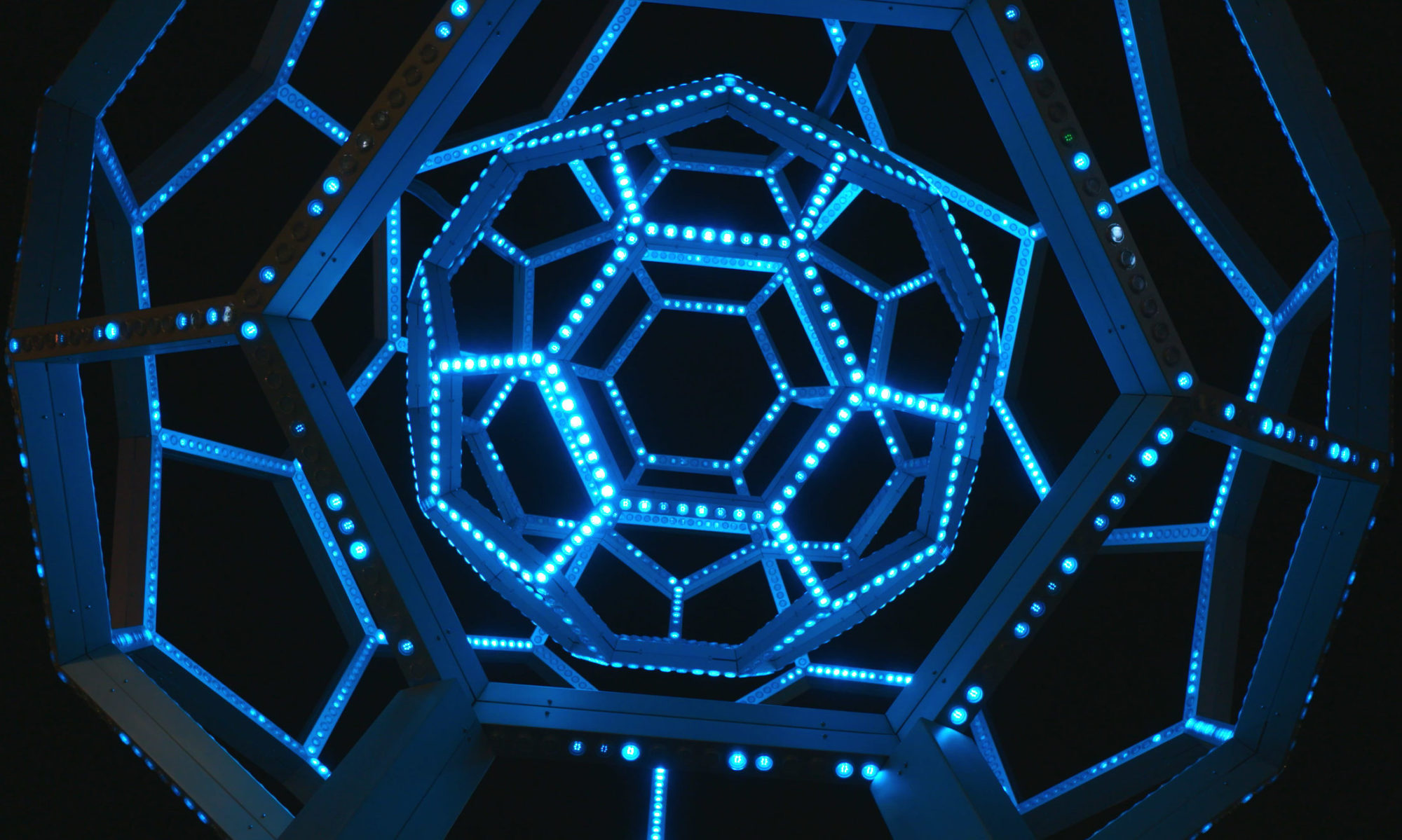Link to Slides: here
Right from the start, I intended for my project to utilize the tech of a Raspberry Pi. What better way than to make it connected to the Internet?
My first idea was a internet-connected flower. The flower would be able to open/close its petals, and wilt much like a regular flower would. Instead of having its roots feed on the nutrients of the soil, it would feed from weather feeds that it gets from the Internet. Its stem would be illuminated by a green LED strip and its filaments would either be fiber optic strands or a small array of LEDs pulsing various colors of light. Depending on what the weather would be on a particular day, the flower may close or open up. Its lights might be dimmer on a overcast day, and glow brightly on sunny days. The irony of this flower is that its display will be the best in a dimly lit room, despite the fact that many flowers thrive in bright sunlight.

On the flipside, I didn’t really have any particular message to go with this piece besides, “it looks cool”.
After last week’s light artist presentations, I got some inspiration for another idea. (winky-face at Veronica)
Janet Echelman’s web-like sculptures gave me an idea of creating something very similar where there is a web hanging from above. This piece would have several threads of LEDs strung together to form this web. Each colored LED would be indicative of a nearby smart device. The intensity of the light would be dependent on its signal strength. This is representative of how connected we are to the World Wide Web, and that we are just a small speck among it.
In the center would be a spider-like creature. Its eyes would emitting red light. The spider would be symbolic of the malware living on the Internet, preying upon unsecured devices. One that comes to mind is the recently unveiled Mirai botnet, where it was able to bring down a significant chunk of the Internet by leveraging upon unsecured smart devices. It would be an interactive piece by relying on the presence of people that use smart devices.
For the sake of the hardware being used and my lack of experience in hardware security, the piece will not connect to the Internet itself. Instead it will simply run some software (probably kismet + custom script) to scan and tell the Arduino to turn on a number of LEDs that match the number of devices found in the area.

After roaming through Adafruit to get a vague idea of how the heck I would electronically piece this together, I came across this:
Which I think would look cool if the LED arrays were rearranged and sewn into a web-like form. This tutorial will definitely be a useful resource when building the LED web.
As I thought more about the Internet of Things, I thought of a twitter account I follow named @internetofshit that sheds some humorous light on how serious the tech industry is when it comes to smart devices. For real though. Some of the things we see and use in our households really don’t need to have the Internet attached to it.
Smart mirror judges you #CES2017 pic.twitter.com/SYQsMruq3b
— Internet of Shit (@internetofshit) January 7, 2017
So as such, why not make a completely useless Internet-connected light up USB rock that also nudges back at that good 90’s nostalgia:

Not really though.
The spiderweb concept will most likely be the one I will choose to work on.
